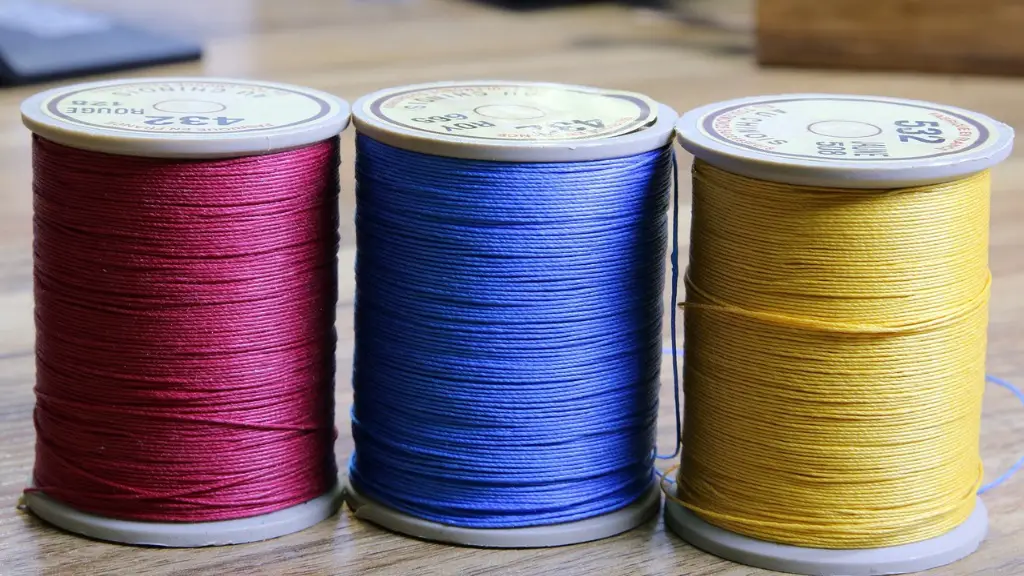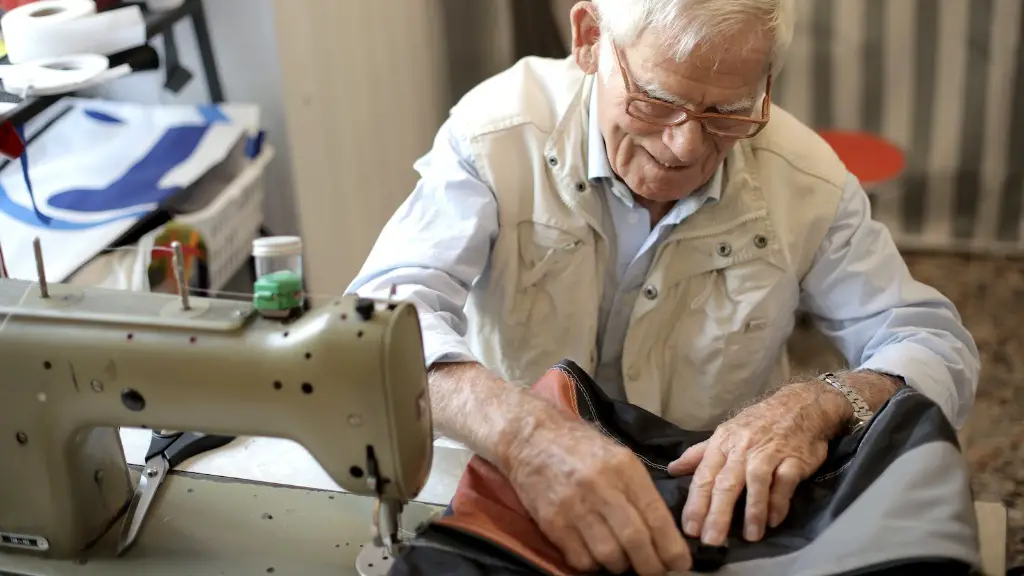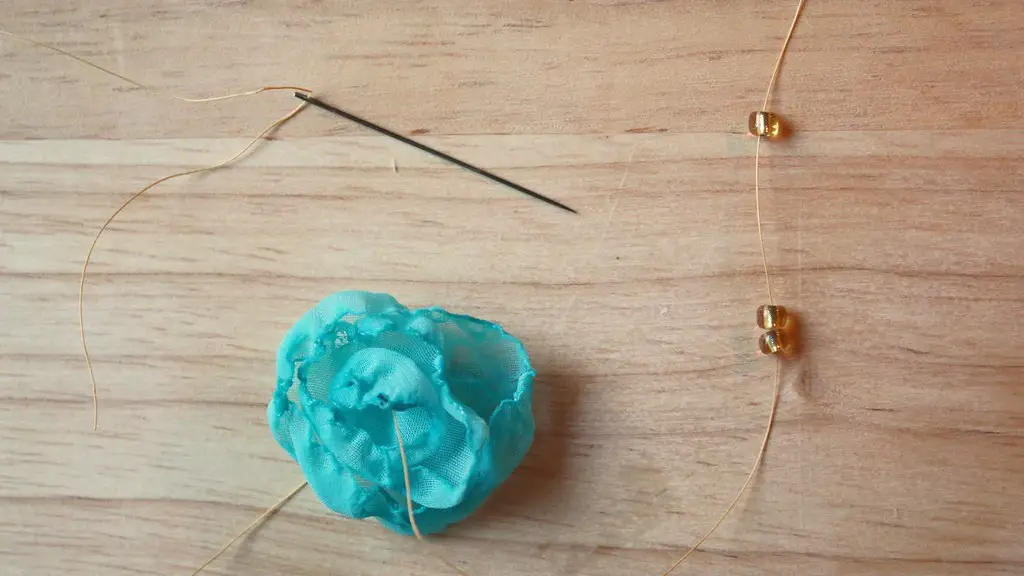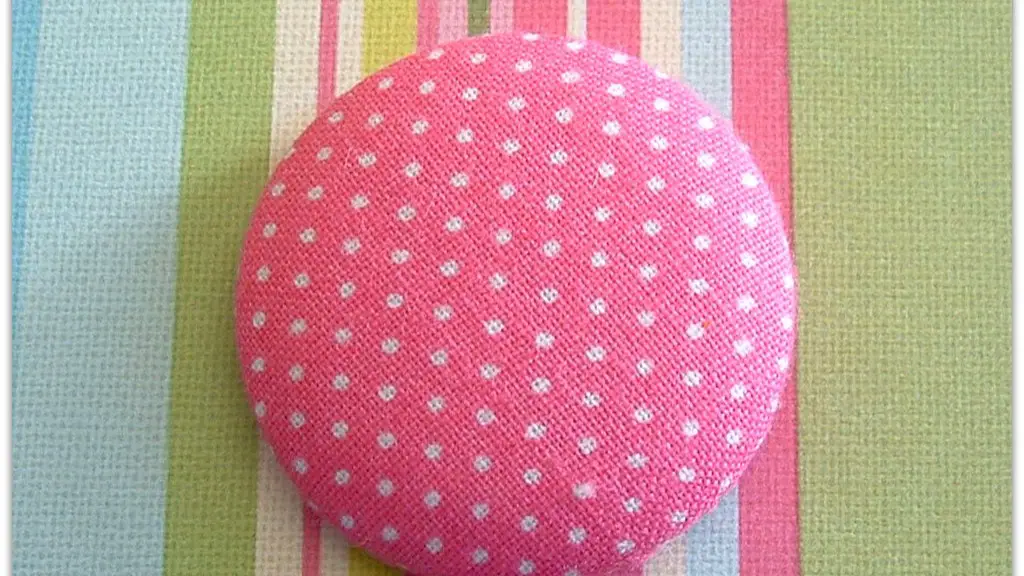Do you need a serger and a sewing machine?
If you’re a beginner or an experienced sewer, you might be wondering if you need to buy a serger and a sewing machine. The truth is, it really depends on what type of sewing projects you are planning to do. If you’re just going to do basic projects such as small repairs, making clothing alterations, or even some simple quilting then you might not need a serger at all- a sewing machine will suffice. However, if you plan to do more advanced and complex sewing projects, then a serger plus a sewing machine will probably be the best option.
To decide whether you need a serger or not, you need to understand the difference between a sewing machine and a serger and what each machine is capable of. A sewing machine is typically used for basic sewing projects such as mending, hemming, and making small clothing alterations. It can also be used to create garments from scratch, and quilts and other fabric projects. It’s relatively slow compared to a serger and much less versatile, as it can’t handle more complex projects like ribbing, gathering, and finishing raw edges.
A serger, on the other hand, is designed for fast and professional finishes. It has multiple threads and needle capabilities, making it a great choice for any sewing project that requires a professional finish. It can handle things a sewing machine can’t, such as stretch fabrics and edges, binding, trimming and seam finishing. It’s also great for any project that requires protection from fraying, such as binding raw edges, adding cuffs and necklines, finishing off hems and armholes and creating perfect seams.
Sergers also tend to be more expensive than sewing machines, mainly because they are considered a more specialized type of machine. Most good sergers range in price from around $400-$1000 while basic sewing machines range from $100-$200. So if you’re serious about sewing and you have the budget, then investing in both a good sewing machine and a quality serger is definitely worth it.
Benefits of a Serger
A Serger can be used for a variety of sewing projects that require a professional finish, such as binding raw edges, adding cuffs and necklines, finishing off hems and armholes, and creating perfect seams. It’s also great for any project that requires protection from fraying, such as binding raw edges, adding cuffs and necklines, and finishing off hems. The threads and needles on a serger are much more versatile than those on a sewing machine, allowing for faster and more durable finishes. Plus, it’s much easier to use and can save you a lot of time when completing a project.
One of the biggest benefits of using a serger is that it produces consistent, professional-looking results every time. Plus, sergers are designed specifically for speed and are much faster than sewings machines – making them the perfect choice for people who need to make a large number of projects quickly. Finally, sergers are much easier to thread than sewing machines, so you don’t have to spend time setting up the machine.
Benefits of a Sewing Machine
Sewing machines are typically cheaper than sergers but are just as versatile when it comes to small sewing projects. They are great for mending, hemming, making small clothing alterations, and creating garments from scratch. Sewing machines can also be used to create quilts and other fabric projects, and the stitches they produce are strong and secure. Plus, they tend to be simpler to use than sergers and much less intimidating for beginner sewers.
Sewing machines also tend to be much quieter than sergers and don’t require as much maintenance, which is great if you don’t want to be interrupted while working. And you don’t have to worry about threading the machine, as most modern sewing machines are designed to be extremely user-friendly. Finally, sewing machines usually take up less space than sergers, so if you’re working with limited space, a sewing machine may be the better option.
When to Use a Serger Over a Sewing Machine
When trying to decide if you need a serger or a sewing machine, the main factor to consider is the type of project you are working on. If you are creating garments from scratch, working with stretch fabrics, or creating projects with intricate detailing, a serger is the best option. If you’re sewing items with lots of layers, you may want to use both a sewing machine and a serger.
You should also consider your budget and the amount of space you have available, as sergers tend to be more expensive than sewing machines and can take up more room. And if you are new to sewing, a basic sewing machine is probably the best option, as they tend to be simpler to use and require less maintenance. But if you’re serious about sewing, investing in both a sewing machine and a serger is definitely worth it.
Conclusion
Whether you need a serger and a sewing machine depends on the type of projects you plan to sew. For basic projects such as mending, altering and making clothing, a sewing machine is usually enough. However, for more complex projects, a serger can be extremely useful. It has multiple threads and needle capabilities, making it a great choice for any project that requires a professional finish. Sergers are also much faster than sewing machines and can be used for things a sewing machine can’t, such as working with stretch fabrics and creating intricate detail.
Frequently Asked Questions
Q: What are the benefits of using a serger?
A: The biggest benefit of using a serger is its speed and versatility. It can be used for a variety of sewing projects that require a professional finish and can handle things a sewing machine can’t, such as stretch fabrics and edges, binding, trimming and finishing raw edges.
Q: Do I need a serger and a sewing machine?
A: That depends on the types of projects you plan to do. For basic projects such as mending, altering, making clothing and quilting, a sewing machine is usually enough. However, for more complex projects, investing in both a sewing machine and a serger is the best option.
Q: Is a serger worth the investment?
A: Yes, a serger can be a great investment for serious sewers. It can save you time and create professional-looking results every time.




